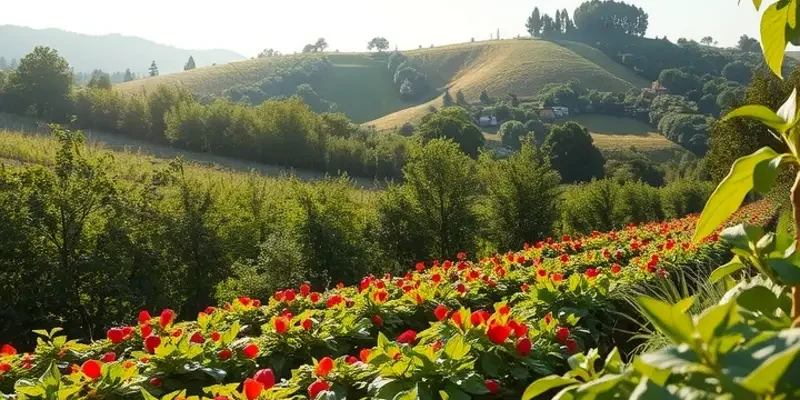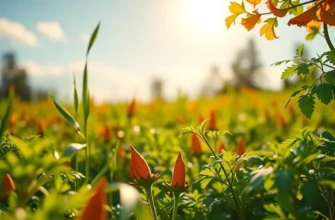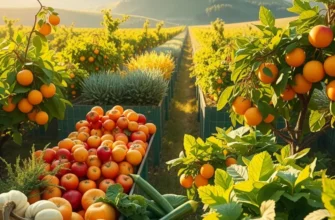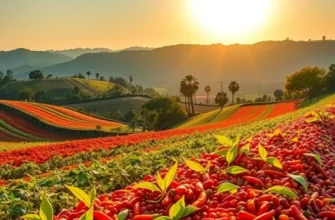Tea is more than a beverage; it is a thread that weaves together the rich tapestry of cultures worldwide. From intimate ceremonies to communal gatherings, tea rituals tell stories of history, hospitality, and heritage. Each cup reflects its own cultural nuances, inviting enthusiasts on an experience of flavors, aromas, and traditions. Join us on a journey across continents as we delve into captivating tea rituals that capture the essence of their regions and the hearts of their people.
The Japanese Tea Ceremony: A Dance of Grace

The Japanese tea ceremony, known as Chado or the Way of Tea, is a ritual of profound significance and beauty. This practice, deeply embedded in Japanese culture, elevates the act of drinking tea into an art form. At its heart lies an unwavering dedication to aesthetics, precision, and mindfulness, transforming a simple beverage into a moment of transcendence.
Central to the tea ceremony is matcha, a finely powdered green tea revered for its vivid color and rich flavor. Unlike other teas, matcha undergoes a unique process where the leaves are shaded before harvest, enhancing their chlorophyll content and creating a vibrant hue. This careful cultivation results in a delicacy that is both an essential element of Chado and celebrated for its health benefits; for those interested in how ingredients support well-being, further insights can be explored here.
Chado is a meticulous ritual where every movement is deliberate, choreographed to achieve harmony, respect, purity, and tranquility—the four principles of the practice. The host, often dressed in a kimono, performs each step with elegance and care, from purifying the utensils to whisking the matcha with water in a specific rhythm.
The tools employed in the ceremony each hold significance. The chawan, or tea bowl, is selected with careful attention to season and aesthetics. Its texture, form, and color all contribute to the sensory experience. The chasen, a bamboo whisk, is used to blend the matcha, and the chashaku, a tea scoop, measures the precise amount of tea. These instruments are more than mere tools; they embody centuries of tradition and craftsmanship.
At its core, the Japanese tea ceremony is a display of hospitality. The host’s intention is to create an environment of peace and respect, fostering an intimate connection with guests. The serenity of the tea room, often devoid of unnecessary adornments, invites participants to leave behind worldly distractions and engage fully with the present moment.
The tea ceremony is not simply about drinking tea; it is a spiritual path that encourages self-cultivation and introspection. Practitioners often spend years mastering the nuances of Chado, guided by a philosophy that reveres simplicity and humility. This dedication transforms Chado from a ritual into a living art, one that has attracted admirers worldwide for its timeless grace and depth.
In a world replete with distractions, the Japanese tea ceremony offers a pause, inviting us to appreciate the ephemeral beauty of each moment. Through this dance of grace, tea becomes more than a drink; it is a bridge to mindfulness, artistry, and the essence of Japanese culture.
Chinese Gongfu Tea: An Art of Precision

The intricate world of Gongfu tea in China displays an exquisite mastery where precision and patience unfold in every cup. Derived from the Chinese term meaning ‘skill’ or ‘effort,’ Gongfu is not just a beverage preparation method, but a meditative practice that transforms tea brewing into a form of art. The ceremony invites enthusiasts to appreciate both the aesthetic and sensory pleasures of tea, creating a profound connection between the tea master, the participants, and the surrounding environment.
Gongfu tea traditionally employs small, unglazed clay pots known as Yixing teapots, praised for their ability to enhance flavor profiles and absorb the subtle essences of various teas. Practitioners engage with an array of teas, though Oolong and Pu-erh are particularly esteemed for their depth and complexity. Oolong offers a rich spectrum of flavors, ranging from floral notes to deeper, roasted aromas, while Pu-erh, with its fermented characteristics, offers earthy undertones unique to its aging process.
The selection of tea is just the beginning. Each aspect of Gongfu tea preparation is meticulously calibrated. Water temperature impacts the release of oils and tannin levels; hence, it is carefully monitored to highlight each tea’s distinct qualities. Typically, Oolong requires water heated just to the brink of a boil, while Pu-erh might accommodate slightly varied temperatures depending on its age and form.
Preparation begins with warming the teapot and cups, ensuring the tea’s heat and flavor are maintained. Leaves are rinsed with hot water to wake up the tea, removing any impurities and preparing the leaves for infusion. This stage is often repeated multiple times, with tasting intervals allowing participants to appreciate the evolving flavors with each successive brew. The cup’s small size encourages savoring each sip, elevating the journey from a casual drink to a sensory exploration.
Beyond the technicalities lies the cultural and social fabric that Gongfu tea weaves. Sharing a Gongfu ceremony fosters dialogue and camaraderie, inviting family and friends to partake in a shared experience. It engenders a moment of stillness and reflection, extending beyond basic refreshment to become a cherished cultural rite.
Pride in Gongfu tea remains a testament to China’s rich tea heritage, highlighting expertise and the importance of balance and harmony that echo traditional Chinese philosophies. An experience of Gongfu is conscious and intentional, drawing attention to every detail and honoring the tea’s life journey from leaf to cup. In understanding this, we glimpse a tradition that unites precision, patience, and pride, fostering connections across both time and culture.
In delving into such practices, it’s insightful to consider how other cuisines employ similar precision to delight our senses. Techniques in mastering traditional flavors reinforce this principle, as explored here, demonstrating the art of balancing ingredients much like balancing notes in perfect tea preparation.
Final words
Tea rituals offer a glimpse into the soul of a culture, revealing historical narratives and personal connections. Whether it’s the tranquil grace of Japan’s tea ceremony or the precision of China’s Gongfu tea, these traditions unite people, fostering community and shared experiences. Every sip reveals a story, and every ceremony cultivates mindfulness, inviting us to embrace the moment. By participating in these rich rituals, food enthusiasts and culturally-curious individuals can deepen their appreciation for not only tea but also the diverse cultures they represent. Travel through these fluid traditions and savor the rich flavors that accompany each heritage.








